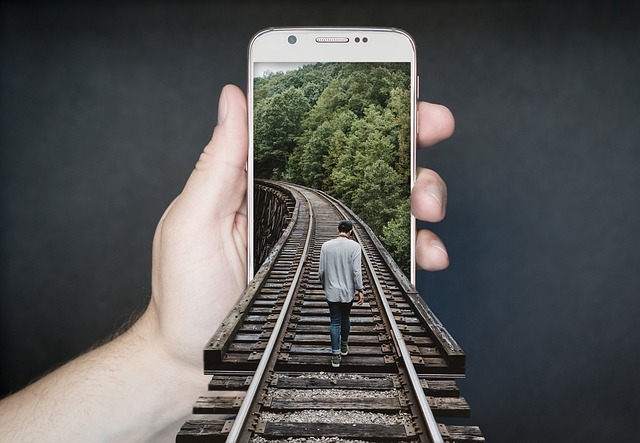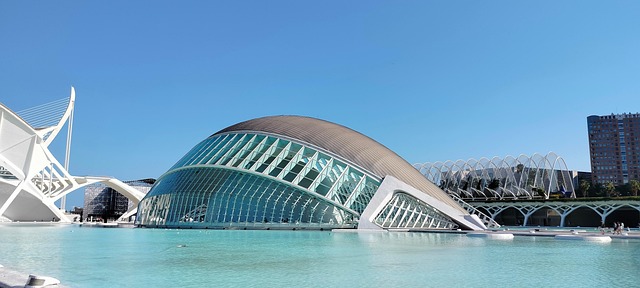
Exploring Immersive Self-Image: A Dive into Virtual Reality, Augmented Reality, and the Metaverse
In a world that increasingly blurs the lines between the real and the digital, the concept of immersive self-image has taken on new meanings. The rise of technologies like virtual reality (VR), augmented reality (AR), and the metaverse has opened up a realm of possibilities, allowing individuals to explore and reshape their identities in ways previously thought impossible.
Virtual reality immerses users in a fully interactive digital environment, where they can inhabit a myriad of roles and scenarios. Imagine stepping into a world where you can be anyone, explore any landscape, and even modify your appearance at will. This level of immersion can lead to profound shifts in how one sees oneself. VR allows for an escape from reality but also offers opportunities for self-discovery and personal growth. As users navigate these alternate realities, they can confront fears, develop new skills, and gain insights into their own identities.
On the other hand, augmented reality enhances our real-world experiences by overlaying digital objects onto our physical surroundings. With AR, the lines of our reality are enhanced rather than replaced. Picture donning a pair of AR glasses and seeing elements of your personality projected around you — perhaps a visual representation of your interests or dreams, turning your environment into a canvas for self-expression. This interaction can encourage self-reflection, revealing how we can incorporate aspects of our digital selves into our everyday lives.
The metaverse ties these technologies together into a connected universe of virtual experiences. It’s more than just a platform; it’s a dynamic space where social interaction, personal branding, and immersive experiences converge. With users creating avatars that express their ideal selves, the metaverse becomes a playground for exploring and constructing an immersive self-image. Here, individuals can interact with others in ways that challenge conventional social norms and inspire a re-evaluation of identity. The potential for connection and creativity is limitless, reshaping how we perceive ourselves among others.
As we navigate these digital landscapes, it’s essential to approach this journey with a sense of intention. The allure of immersive self-image can sometimes lead to an idealization that doesn’t align with our lived experiences. Additionally, the interplay between virtual identities and the self can create challenges related to authenticity, self-esteem, and mental health. Understanding the nature of our engagement with these technologies is crucial to maintaining a balanced perspective.
Ultimately, exploring immersive self-image through virtual reality, augmented reality, and the metaverse opens up exciting opportunities for personal exploration and expression. As we continue to embrace these innovations, we must also remain mindful of their impact on our concept of self and the ways in which we can enhance our identities in both the digital and physical realms.



